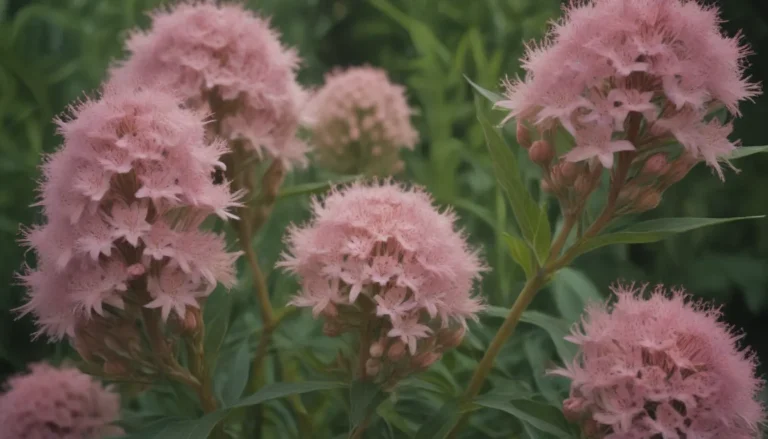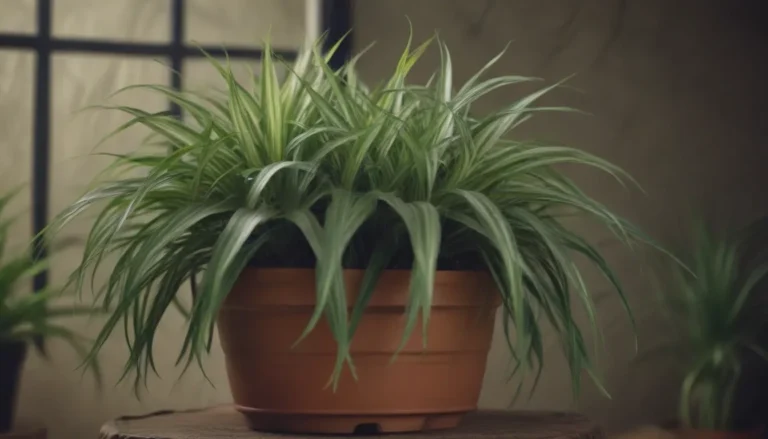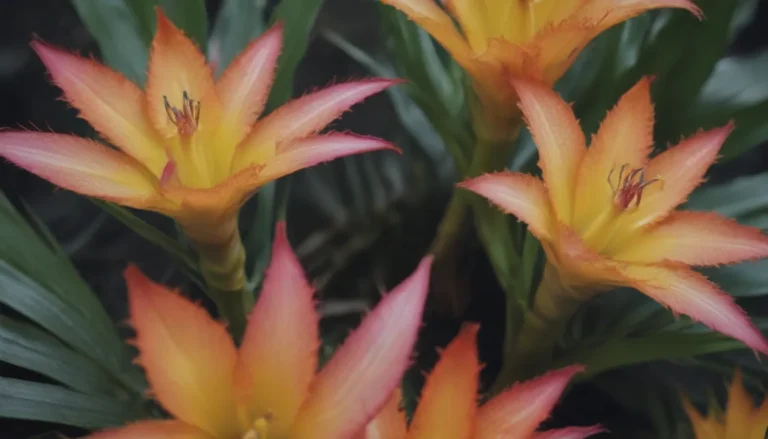Growing and Caring for Beautyberry: A Comprehensive Guide

If you’re looking to add a pop of color and interest to your garden, beautyberry (Callicarpa americana) is the perfect choice. This deciduous shrub, native to the southeastern United States, is known for its vibrant berries that grace the landscape in fall and winter. In this article, we’ll delve into everything you need to know about growing and caring for beautyberry to ensure it thrives in your garden.
Beautyberry Basics
Beautyberry typically grows between 3 and 6 feet tall and wide, although it can reach heights of up to 9 feet. With a moderate growth rate of about 1 to 2 feet per year, beautyberry can be a stunning addition to any landscape. Planting can be done in either fall or spring, and these shrubs thrive in full sun to partial shade. While they prefer moist soil, they can tolerate drier conditions, making them versatile and adaptable to different environments.
Light
Beautyberry shrubs are resilient when it comes to light conditions, thriving in both full sun and partial shade. However, to ensure optimal berry production, a minimum of two hours of direct sunlight per day is recommended. More sunlight will lead to increased berry production, but keep in mind that the shrub’s water needs will also increase with higher sun exposure.
Soil
When it comes to soil preferences, beautyberry thrives in friable soil that’s rich in organic matter and well-draining. They prefer a slightly acidic to neutral soil pH, reminiscent of the forest floor where they naturally grow. While beautyberry can tolerate various soil types, including clay, they do not do well in extremely nutrient-poor soil.
Water
Maintaining moist soil is key for beautyberry, with an ideal weekly water amount of around 1 inch. Be mindful of providing more water if your shrub is in a sunny spot, experiences hot weather, or has minimal rainfall. Keeping the soil consistently moist will help promote healthy growth and berry production.
Temperature and Humidity
Beautyberry is adaptable to a wide range of temperatures and humidity levels, thriving in their respective hardiness zones. They exhibit good heat tolerance as long as their moisture requirements are met, making them a low-maintenance option for many gardeners.
Fertilizer
Beautyberry generally does not require fertilizer unless the soil is extremely nutrient-poor. A small amount of compost added in the spring can provide a nutrient boost, but avoid over-fertilizing as it can hinder berry production.
Types of Beautyberry
There are several varieties of American beautyberry to choose from, each offering unique characteristics and visual appeal. Some popular types include:
- ‘Alba’:
- ‘Lactea’:
- ‘Welch’s Pink’:
Pruning
Pruning beautyberry shrubs in late winter before new growth begins is essential for shaping and maintaining the plant’s vigor. While the vibrant berries may last through winter, pruning is necessary for enhancing future berry growth. In colder regions, it’s common to prune beautyberry down to within 1 foot of the ground to rejuvenate the shrub after winter.
Propagating Beautyberry
Beautyberry can be propagated through self-seeding or cuttings taken in late spring or early summer. This simple and cost-effective method allows you to replicate your favorite beautyberry varieties and expand your garden with ease.
How to Grow Beautyberry From Seed
Beautyberry seeds have a slow germination process, so it’s recommended to plant a generous amount to improve your chances. Patience is key when growing beautyberry from seed, but the rewarding process is worth the wait.
Overwintering
With minimal winter care requirements, beautyberry typically does not need special treatment during the colder months. Adding a layer of mulch around the base of the shrub can help insulate the roots and maintain a consistent temperature.
How to Encourage Bloom
While beautyberry flowers may be subtle, they are essential for the shrub’s fruit production. Lack of sunlight or insufficient water can hinder bloom formation, so ensure your beautyberry receives adequate light and moisture to promote a healthy blooming season.
Common Problems and Solutions
Beautyberry is a hardy shrub that generally requires minimal maintenance, but occasional issues may arise. Here are some common problems and solutions for maintaining the health of your beautyberry:
Leaves Turning Brown
If you notice browning leaves on your beautyberry shrub, particularly in fall, it may be due to frost damage. While this is a natural occurrence, the foliage should rebound with healthy growth in the following spring.
Alternative Plants With Berries
If you’re considering adding more plants with vibrant berries to your garden, there are several alternatives to beautyberry to explore:
- Cotoneaster: Known for its vivid red berries in fall and winter.
- Buckland: An evergreen shrub with purple berries.
- American Holly: Famed for its colorful berries and distinctive leaves.
Beautyberry is a versatile and visually striking addition to any garden, offering a burst of color and texture throughout the seasons. Whether grown from seed or propagated through cuttings, caring for beautyberry is a rewarding experience that can enhance the beauty of your outdoor space. With proper attention to light, soil, and water requirements, you can enjoy the unique charm of beautyberry in your own backyard. So why not consider adding this beautiful shrub to your garden and watch it flourish with vibrant berries and lush foliage?





